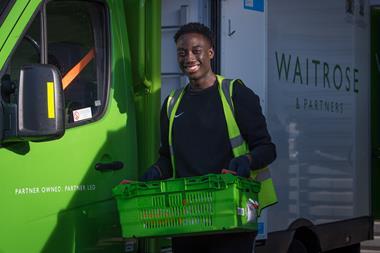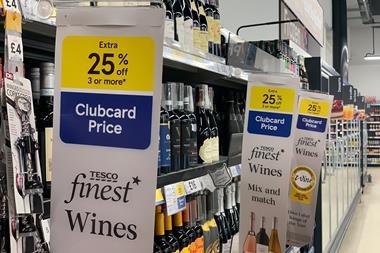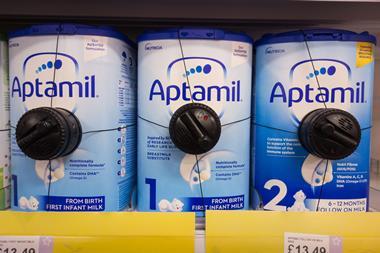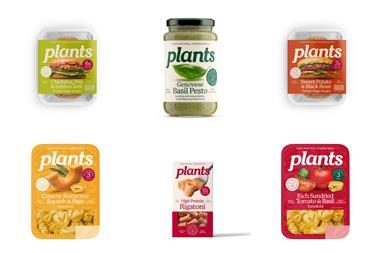Since MD Mark Price took control of Waitrose in 2007, he has barely put a foot wrong as the supermarket has glided from one success to another.
But a £10m investment was sunk into a new website in March, with Price promising the launch would “dramatically enhance the customer experience, so shoppers receive the unrivalled standards they associate with our branches”. The result proves Price and his team are human after all.
The effect on the customer experience was indeed dramatic, but not in the way Price intended. The new site was met with a furious reaction from customers, who on launch day used Waitrose’s online forum to blast it as “exceedingly frustrating” and “terrible”.
Waitrose sent emails apologising for the “frustrating” experience and acknowledging “some minor teething problems.” But this irritated shoppers, who believed the flaws were fundamental. “A stock email about minor teething problems is arrogantly dismissive” said one poster.
Waitrose has found itself apparently unable to stem the flow of problems. Common issues identified by users included misspellings like “Waitroseh antibac cleansing handwas”. The search function was also poor and random. Examples include a search for frozen food that returned Cherie Blair’s book. When the user clicked on the image, she was offered a party pack of 24 mini oriental snacks.
So how could Waitrose invest so much in a website so poorly built that after months of tweaks and fixes, it still attracts such overwhelmingly negative feedback?
Waitrose claims things are not as bad as they seem. “Orders are up 33% on the same time last year,” says a spokeswoman. “So a lot of our customers are having a good experience. We are the fastest-growing online retailer, with the latest Kantar data showing our growth at 42%, ahead of total online grocery market growth of 16%.”
On the problems with the site, she adds: “We are continuing to make improvements. Our latest forum update lets customers know when they go live and customers can continue to use the forum.”
Infosys, the company that built the ‘back end’ of the website, failed to respond to The Grocer’s queries. But Brett Dixon, founder and director of website developer Rent-A-Web, suggests the problems result from a lack of testing. “The best websites will be thoroughly tested before going live,” he says. “The elementary errors made suggests this hasn’t been the case.”
Kathryn McDonell, a usability consultant for Whatusersdo, suggests customers should have been involved. She also argues that Waitrose can interpret the rabid levels of customer feedback positively. “The outcry is because customers really want to shop at Waitrose,” says McDonell. “They are annoyed because they have been prevented from doing so.”
However, Dixon suggests the chaotic launch could have done lasting damage to the Waitrose brand. “A website riddled with errors seriously affects customer confidence and sales,” he says. “Once lost, it is extremely difficult to rebuild that relationship.”
And uniquely, there is a ready-made alternative for Waitrose’s brand-loyal customers. “The danger is if people get frustrated, then Ocado is just a click away,” warns McDonell.
As far as competing with Ocado is concerned, Waitrose’s problems couldn’t be any more badly timed. At the beginning of this month, Waitrose was free to go head-to-head with it and serve the hordes of customers crammed inside the M25.
But the problems with its website meant it entered the fight limping. In the burgeoning rivalry between the two, Ocado could have won the first battle without having to lift a finger.
A recipe for disaster
January 2000 Ocado launches
March 2001 Waitrose launches ‘Waitrose Deliver’
March 2011 Waitrose rebrands ‘Waitrose Deliver’ as Waitrose.com. First fixes announced
July 2011: Restriction on delivering Waitrose goods within the M25 lifted. Latest fixes announced, as well as more to follow



















No comments yet